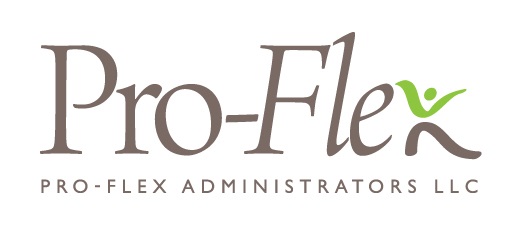|
Question & Answer
Q: Our receptionist has bad hygiene and an unacceptable appearance. She looks as though she’s just rolled out of bed, her body odor is noticeable to customers and vendors, and her attire is often dirty, torn, or poor fitting. What is the best way to handle this situation?
A: Poor hygiene and clothing are certainly sensitive matters, and ones you’ll want to address directly with the employee. A sensitive and straightforward approach is usually best.
To help minimize embarrassment, we recommend meeting with the employee in a private location where you will not be interrupted. It is also best to conduct the meeting just prior to the end of the workday, so the employee may leave immediately after the meeting.
The first conversation on these topics should not take the tone of a disciplinary counseling session. Explain the problem with the employee’s hygiene and dress in the context of how it affects the workplace. If you have a written policy regarding personal appearance and hygiene, you can use that as a framework for the meeting. If you don’t have one yet, now may be the time.
It’s possible that the odor results from a cultural or religious preference. On rare occasions, bad hygiene may be the result of a disability. Although you should keep those things in mind, we recommend you do not attempt to figure out the cause of the employee’s bad hygiene. We also recommend against making suggestions for how to fix the issue, unless the employee asks for suggestions. Be compassionate, but focus solely on the company’s expectations.
When the conversation turns to her clothing, you should be prepared to offer concrete guidelines and examples so she understands what has been unacceptable about her attire thus far. If the employee expresses concern about not having appropriate clothing, let her know that she needs to follow your dress code. However, you may want to have some places in mind where she would be able to purchase acceptable work attire without breaking the bank.
As a final thought, ensure that you are holding this employee and others to the same standard. If you address the need for her clothes to be ironed or well-tailored, or her hair to be neatly brushed, be prepared to require the same of other employees. |

